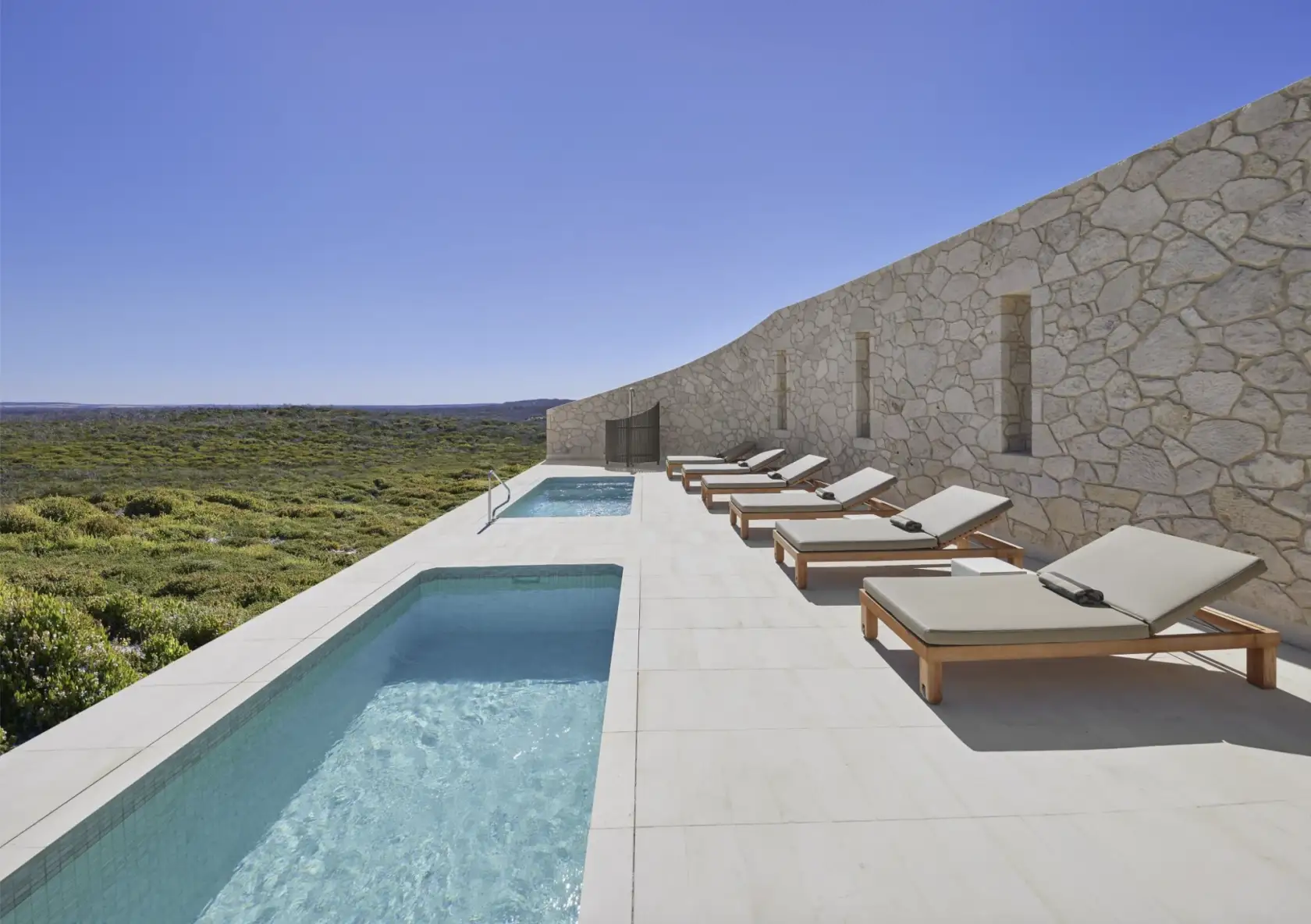

The great cover-up
Installing a pool can involve a seemingly endless series of decisions — location, design, interior finishes, tiles, deck materials, fencing options, equipment alternatives and more. Little wonder, then, that the humble pool cover or blanket is often overlooked or deemed less important than, say, a robotic cleaner. Nothing could be further from the truth.
Occasionally, you’ll encounter aspects of pool ownership that make it clear you’re learning on the fly — like one season of leaf litter drop from your neighbour’s eucalyptus tree, for example. Previously innocuous situations can take on a whole new light when viewed through the lens of pool ownership. Before you decide a pool blanket is not for you, read on to learn more about the benefits.
Keeping it clean
Straight up — a pool or spa blanket keeps debris including leaves, twigs and dirt out of your pool. Obvious, right? Sure, but using a blanket will keep between 80 and 90% of potential debris from entering the water, so it’s hard to see why you wouldn’t use one. We may live in the days of robotic cleaners, rather than a manual sweep and scoop to keep the pool pristine, but 80–90% is significant. Fewer leaves in the water means less load and stress on your cleaner, which can only be a good thing. Most robotic cleaners will continue to operate with a cover or blanket in place.
Minimising evaporation
When the ambient temperature falls below the water temperature (usually at night), it results in water cooling, evaporation and convection heat loss. The way to combat this issue is by creating a barrier between the water surface and the outside air using a pool cover or blanket.
Evaporation obviously leads to increased water usage, but it also contributes to higher chemical costs. When water is lost and your pool needs to be topped up, you’ll need to add more chemicals in order to rebalance the water. Direct sunlight also breaks down chlorine, so using a cover helps minimise the effects.
Some like it hot
Around 90% of heat loss in a swimming pool occurs at the surface. By using a blanket, heating costs are reduced — by up to 50% in some cases. If you’re using a blanket in conjunction with gas, electric or solar heating systems, you can achieve significant cost savings.
Using a blanket helps extend the swimming season, letting you enjoy the pool for more of the year. Even without other forms of pool heating, the addition of a blanket can result in a six- to eight-degree temperature increase in a pool that has a sunny aspect.
Fit and finish
There are many options available, so you’ll need to do some research — automatic, manual, solar, safety, thermal and more. Your specific pool type and design will dictate to some degree, as will budget, sense of style and your typical usage habits. Whatever option you select, make sure it is a precise fit, as gaps around the edges will reduce the overall efficiency.
Look after your cover... and it will look after your pool
To get the most out of your pool cover, don’t treat it as a ‘set-and-forget’ installation. Ensuring proper care and maintenance using the following tips will extend its life.
Don’t super-chlorinate while the pool blanket is extended. Leave it off the pool until chlorine levels are back to normal.
Always protect it from the sun when off the pool. it should be covered as soon as it’s removed, either on a roller or folded and stored.
Don’t leave it on the lawn where it may be damaged or cause lawn burn.
Keep chlorine levels in check — don’t exceed 1.5 to 2.0 ppm for unstabilised pools or 3.0 ppm for stabilised.
Salt chlorinators and automatic chlorine dosers should be run at a reduced rate, particularly in winter.
If you still haven’t investigated the options or considered the many benefits of using a pool or spa cover, take some time to do the research and learn more, or speak with a pool cover specialist to help determine the best option for your application.
